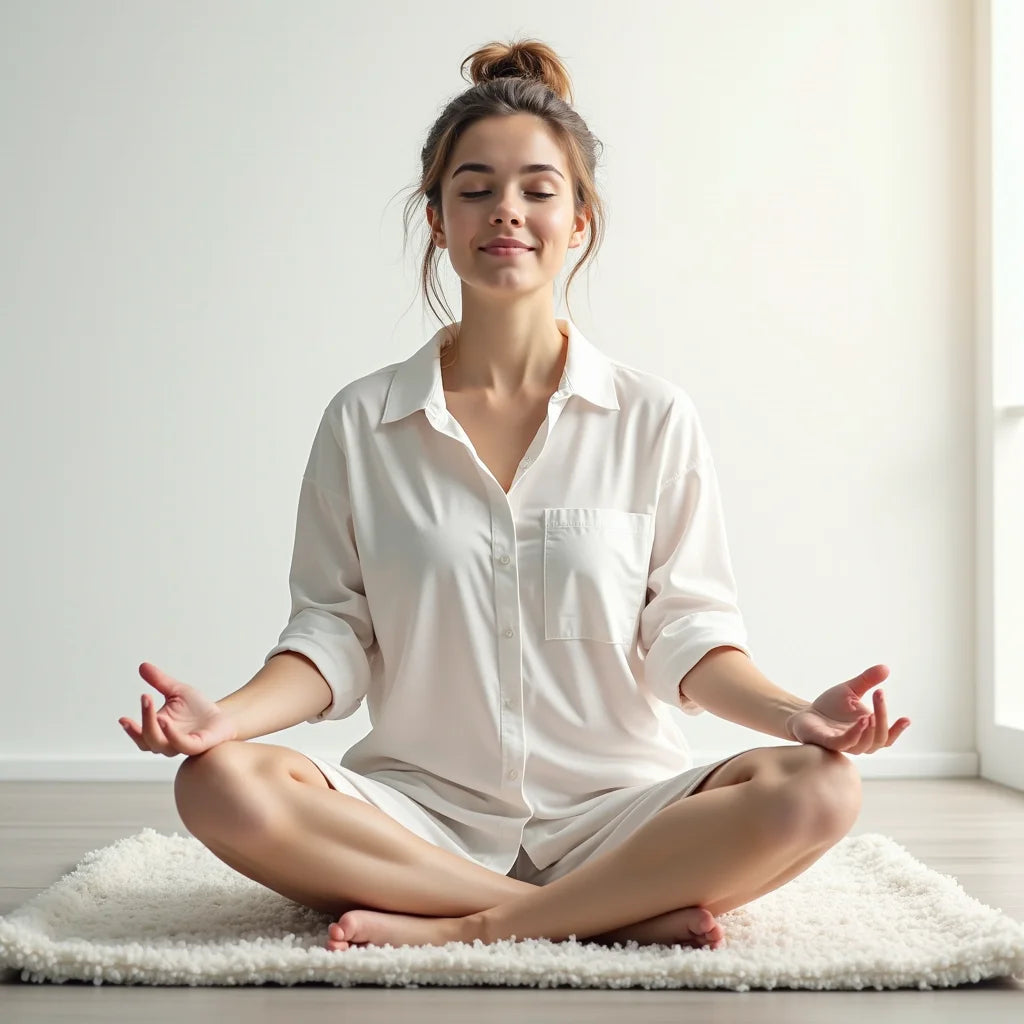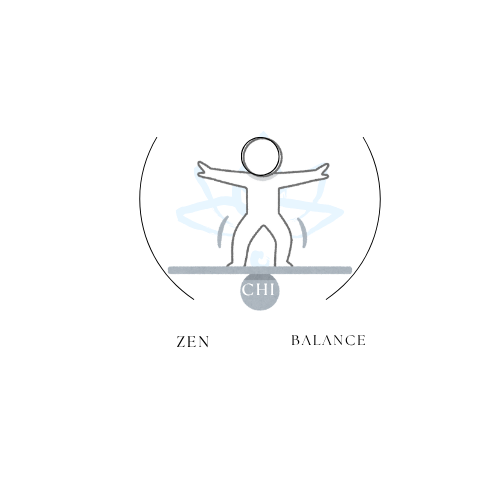
Mindful Living Made Practical With Five Steps That Last
Share
Updated on: 2025-10-19
Table of Contents
- Mindful living introduction: a gentle guide to everyday calm
- What mindful living means in simple terms
- How to start mindful living daily: a simple routine
- Conscious living and intentional living in daily choices
- Mindful living: did you know?
- Mindful living comparison: pros and cons
- Buyer’s checklist for mindful living essentials
- Final thoughts and advice for mindful living
- Mindful living Q&A
Mindful living introduction: a gentle guide to everyday calm
Mindful living is a steady practice of paying kind attention to the present moment. In the flow of a busy day, it invites you to pause, notice, and choose your next step with care. Many people describe it as a compassionate way to meet life: it supports conscious living and intentional living without pressure or perfection. Whether you are exploring mindfulness meditation or the spirit of slow living, this guide offers small, realistic habits you can adapt to your unique routine.
What mindful living means in simple terms
At its heart, mindful living is about awareness with kindness. You notice what is happening inside and around you—your breath, posture, thoughts, and environment—while allowing space for choice. Instead of reacting on autopilot, you respond with intention. This gentle shift can make ordinary tasks—sipping tea, answering email, taking a walk—feel more grounded and clear.
How to start mindful living daily: a simple routine
If you are wondering, “How can I start practicing mindful living every day?” a short routine can help. Here is one you might try:
- Begin with one mindful breath before opening your device. Notice the inhale, notice the exhale.
- Set a soft intention for the next hour, such as “I will do one thing at a time.”
- Use a two-minute pause between tasks to stretch, sip water, or check posture.
- Choose one activity to do slowly—perhaps your morning coffee or an afternoon walk.
- Close your day by noting one thing you appreciated, big or small.
These small steps can become daily mindful living habits for stress relief. They do not require extra time—only brief moments of attention placed with care.
Conscious living and intentional living in daily choices
Conscious living invites gentle awareness. Intentional living adds direction by aligning actions with what matters to you. Together they shape mindful living through questions like: What do I value today? What is one small choice that honors that value? Over time, the answers become pathways toward steadier focus, kinder productivity, and a clearer sense of what supports your well-being.
Mindful living: did you know?
- Even one slow, steady exhale can reduce a sense of urgency and support clearer thinking.
- Short, consistent practices tend to be easier to sustain than long sessions, especially for busy schedules.
- Mindfulness meditation can be seated, standing, or walking; stillness is optional.
- Placing your phone out of reach during focused work can reduce the number of automatic checks, helping attention recover more quickly.
- Simple environmental cues—like a glass of water on your desk or a soft chime on the hour—can prompt mindful micro-pauses without effort.
Mindful living comparison: pros and cons
Pros of mindful living
- Supports clarity: Pausing before reacting can make choices feel steadier.
- Encourages presence: Moments become richer when fully attended to.
- Aligns with values: Intentional living helps your day reflect what matters to you.
- Flexible methods: You can practice through movement, breath, journaling, or quiet reflection.
- Scales with time: Works in brief pauses and longer sessions alike.
Cons and trade-offs to consider
- Initial learning curve: Building new habits can feel unfamiliar at first.
- Possible over-optimization: It may be tempting to set strict rules; gentle flexibility tends to work better.
- Time perception: Slowing down can feel uncomfortable in fast-paced contexts; small, strategic pauses may fit more naturally.
- Expectations: Seeking quick results can lead to frustration; a patient, compassionate approach is helpful.
Buyer’s checklist for mindful living essentials
Mindful living does not require special tools. Still, a few supportive items can make practice more comfortable and consistent. If you are considering a purchase, this checklist may help:
- Comfortable seating: A cushion or supportive chair that helps you sit upright without strain.
- Simple timer: A phone timer in airplane mode or a small analog clock to mark mindful breaks without distractions.
- Soft sound cue: A chime or gentle alarm to begin and end short practice periods.
- Journal or notepad: A place to jot intentions, reflections, or gratitude notes.
- Water bottle or tea setup: Hydration can serve as a consistent cue to pause and check in.
- Walking shoes: If you prefer movement-based mindfulness, comfortable footwear supports short mindful walks.
- Minimal clutter tray: A small tray or box to gather essentials and keep your practice space clear.
What to consider first before you buy
- Start where you are: Try a few days with items you already own to learn what truly helps.
- Fit your routine: Choose tools that align with when and how you prefer to practice.
- Comfort over aesthetics: Pick items you will use daily, even if they are simple.
- Portability: If you travel or commute, compact tools may support consistency.
- Clarity of purpose: Ask, “Will this reduce friction and help me begin?”
Final thoughts and advice for mindful living
Mindful living is not a race. It is a practice that grows with gentle consistency. Small, repeatable steps often lead to more ease than dramatic changes. You might begin with one mindful breath before important actions, one slow activity each day, and one short reflection at the end of the day. In time, these moments of presence can knit together, giving your day a calmer rhythm and a clearer sense of direction.
If you would like more ideas, you may find helpful guidance and tools here: Explore more. Choose what supports your routine, adapt what does not, and please be kind to yourself as you learn.
Next gentle steps to stay consistent
- Attach practice to existing habits (after brushing teeth, before opening email, during lunch).
- Set soft reminders (a calendar note, a desk card, or a subtle chime).
- Track simplicity, not perfection (place a dot on a calendar for every mindful pause).
- Revisit your “why” weekly (what value do you want to honor this week?).
- Keep sessions short and friendly; you can always add length later.
Mindful living Q&A
How can I start practicing mindful living every day?
Begin with one cue and one action. For example, use the moment you sit at your desk as a cue to take one slow breath. Add a two-minute pause between tasks to stretch or sip water. Choose one daily activity—like making tea—to do without multitasking. These small anchors are often enough to build steady momentum.
What are the benefits of mindful living for mental health?
Many people find that mindful living helps them feel calmer, more focused, and more at ease with everyday demands. Gentle attention to the present moment can support clarity, reduce a sense of rush, and make room for compassionate choices. While experiences vary, people often describe an overall feeling of steadier mood and greater self-awareness.
Are there mindful living tips for busy professionals?
Yes. Try short, reliable habits that fit your workflow. For instance, protect your first 10 minutes for quiet setup, use a soft chime each hour to reset posture and intention, and take a mindful breath before calls. Keep your phone out of reach during focused work blocks and return messages in batches. These mindful living tips for busy professionals are designed to be brief, respectful of your schedule, and easy to repeat.

I'm a passionate curator at Zen Chi Balance, dedicated to spreading calm, harmony, and mindful living through faith-inspired lifestyle products. I help craft meaningful experiences for our global community of mindful shoppers.
The content in this blog post is intended for general information purposes only. It should not be considered as professional, medical, or legal advice. For specific guidance related to your situation, please consult a qualified professional. The store does not assume responsibility for any decisions made based on this information.
